Lewis Hamilton and Nico Rosberg's collision in Spain reignites a fiery rivalry
- Published
- comments
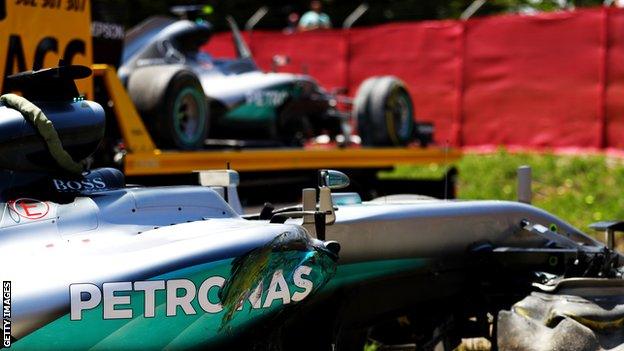
Hamilton and Rosberg both had to retire following their first-lap collision
In a cloud of dust, a touch of wheels and two broken Formula 1 cars, the pressure that had been building inside Mercedes through the first four races of the season was released.
A confluence of unfortunate circumstances led to a conjoining of the two silver F1 cars, and Lewis Hamilton and Nico Rosberg ended up in the gravel at Turn Four on the first lap of the Spanish Grand Prix, each nursing their own resentment, even if they tried to hide it afterwards.
The Mercedes media management system went into overdrive to try to contain the fall-out from the crash that handed the race to Red Bull and ended in the marketing dream of an 18-year-old winning his first grand prix for the team.
But the effects of this incident will reverberate through the rest of this already compelling F1 season.
The seeds of this incident go right back to another collision between Hamilton and Rosberg in the 2014 Belgian Grand Prix, which itself was an example of pressure building to a point at which it could no longer be contained.
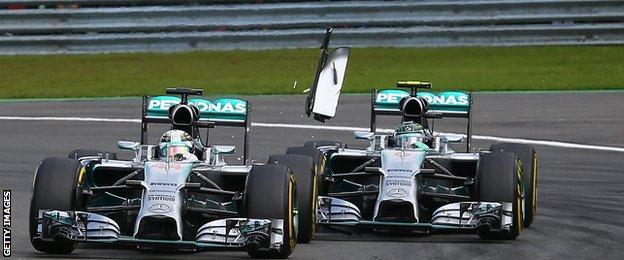
"Nico's hit me." Furious words were exchanged after Hamilton and Rosberg last collided during the Belgian Grand Prix in 2014
After that crash, Mercedes F1 boss Toto Wolff was apoplectic and made it clear to both drivers that it must never happen again, that their first responsibility was to make sure they go to the end of the race and never endanger the possibility of the team winning.
This time, Wolff admitted to being "angry and upset" but the tone was very different. Then, blame was laid squarely on Rosberg's "unacceptable conduct". Now, it was "a very unfortunate racing incident, triggered by various circumstances".
In large part, that is a reflection of Wolff's fundamental honesty. In Spa, Rosberg was clearly to blame. In Barcelona on Sunday, it was much less clear-cut.
So how did it happen?
The background, and the fundamental reason for the crash, was that Rosberg has had a clean run of four victories in the first four races of this season, and Hamilton has hit various problems.
That meant Rosberg arrived in Spain with a 43-point lead over Hamilton in the championship, and the world champion was determined not to let it get any bigger.
Hamilton took an absolutely brilliant pole position, one of his very best, rewriting the boundaries of what was possible in a way that left many in the paddock aghast - including his team-mate.
His start was good, but so was Rosberg's, and the German drafted Hamilton down to Turn One and passed him around the outside with a fantastic manoeuvre, the sort he has so rarely been able to pull off.
At that moment, as Rosberg admitted later, he felt he was "about to win that race", so difficult is passing on the Circuit de Barcelona-Catalunya.
Hamilton knew it, too, so when he saw Rosberg's engine "de-rating" - running out of hybrid boost indicted by a flashing red light on the back of his car in Turn Three because the German had it on the wrong setting - he saw an opportunity to pounce.
Rosberg was a little on the inside of the normal line but Hamilton knew he had to go for the inside, at a closing speed of an extra 17km/h, it was revealed later. Rosberg moved to defend but Hamilton kept coming.
TV pictures showed that Hamilton had his front wing alongside Rosberg's rear wheel while both were still on the track. In theory, that means the defending driver has to leave a car's width of space.
But Rosberg was coming across so fast that it was all a blur. Hamilton took to the grass, lost control, spun and hit his team-mate going backwards, both then careering into the gravel trap.




Who was to blame?
Hamilton said: "I was gaining on him at fairly decent pace and where he positioned the car was a car width to the right of the [racing] line and I had to decide whether to go left or right.
"The inside is always what you'd go for; there was a much bigger gap. I had part of my wing and wheel alongside within the white line and then that diminished pretty quickly.
"I did what I could to avoid an incident by going on the grass but it all happened pretty quickly.
"It wasn't a case of 'the door was closed but I decided to go across the grass'. I saw a gap and went for it and that's what racing drivers do."
Rosberg said: "I saw Lewis closing in, so as soon as I could I closed the door to the inside with a clear strong move to make sure he understands there is not going to be space there and I was very surprised that he went for it anyway. That's it. Then we were in the sand trap.
"In the end, we have to go with what the experts think and the experts have decided it was a racing incident."
Technically, Rosberg had breached article 27.7 of the sporting regulations, which requires the leading driver to leave room if there is a "significant proportion of the car attempting to pass alongside".

Monaco 2014: Hamilton was furious after Rosberg's mistake in qualifying prevented Hamilton from getting pole position. Monaco 2016 - the next race - could be even more incendiary
And, technically, one view could be that Hamilton had caused a collision, which is also against the rules. Another TV still, taken shortly before the one we have already mentioned, showed Hamilton still clearly behind and Rosberg angling steeply to the inside - at which point many might have backed out of it.
But the stewards decided not to penalise either driver, a conclusion based on the speed at which circumstances unfolded.
Rosberg "defended his position, as is his right," they said. Hamilton "had a portion of his front wing inside [Rosberg] fractions of a second prior to having to leave the track to avoid an initial collision, which may have led him to believe he had the right to space on the right".
"Once on the grass, [Hamilton] was no longer in control of the situation."
The conclusion was that Rosberg "had the right" to do what he did and Hamilton's "attempt to overtake was reasonable".
Now, some might view that as a fudge, especially as Red Bull's Daniel Ricciardo, right behind, said: "From what I saw, Rosberg didn't give him room but it happened very quickly so I won't say any more."
But as Wolff put it: "When we looked at the incident, there are quite some many people in the team with racing experience and an opinion, and it differed between all of us. What I take home is it is an incident that could have been avoided from both sides."
What now?
Of the two drivers, Rosberg was the one who, judging by appearances, seemed more angry.
Do they need clear-the-air talks, he was asked? "It is something I need to think about in the days to come," he replied. "I can't tell you now. I am just extremely gutted because it was my race to win and I am not just gutted for myself."
When Hamilton was asked whether it changed the dynamic between him and Rosberg, he replied: "It doesn't change anything. We just keep racing, try to make sure it doesn't happen again."
Was the incident triggered because Rosberg had less to lose, given his championship advantage, and Hamilton is under pressure to make up ground?
"Subconsciously maybe," Wolff said, "but I am not Dr Freud and it is difficult to judge whether that played a role."
Another way of looking at it, though, is that, actually, Hamilton had every bit as much reason not to back down as Rosberg.
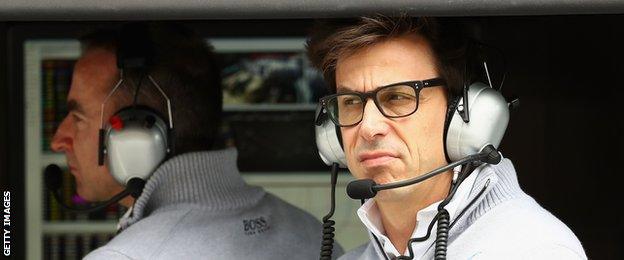
Mercedes F1 boss Toto Wolff said he was "angry and upset", but will continue to take a progressive approach to how Mercedes race their cars
Yes, a crash maintained Rosberg's points lead. But equally Hamilton had lost the lead, and will have known that the first lap was his best opportunity to pass, and that if they both finished he would lose a further seven points to his team-mate.
That is not to suggest that either did anything deliberately to precipitate a collision; it is merely an illustration of the stakes involved.
Those stakes have just been raised considerably.
Hamilton has less time to close a still considerable gap; Rosberg has made it clear he will not be intimidated.
Mercedes have emphasised such a thing must not happen again. But ultimately they are as good as powerless to prevent it.
Wolff said he felt further discussions were not necessary, that the "pain" of losing 43 points was "lesson enough".
"You can't expect them to be easy about it," Wolff said. "Each will have an opinion. But I am 100% sure it won't influence their relationship negatively going forward."
Not everyone will be quite so sure about that.
- Published15 May 2016

- Published15 May 2016
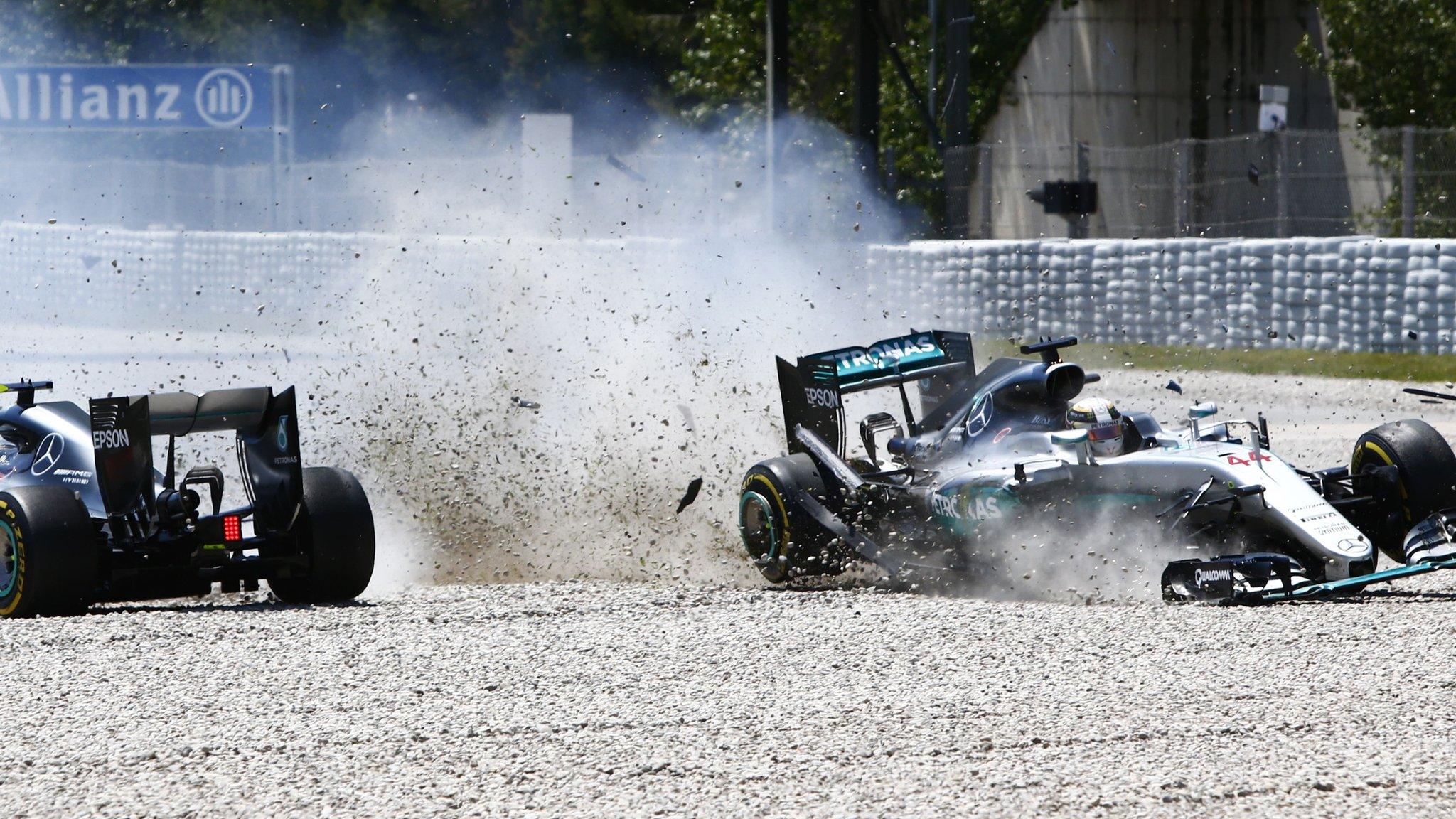
- Published15 May 2016
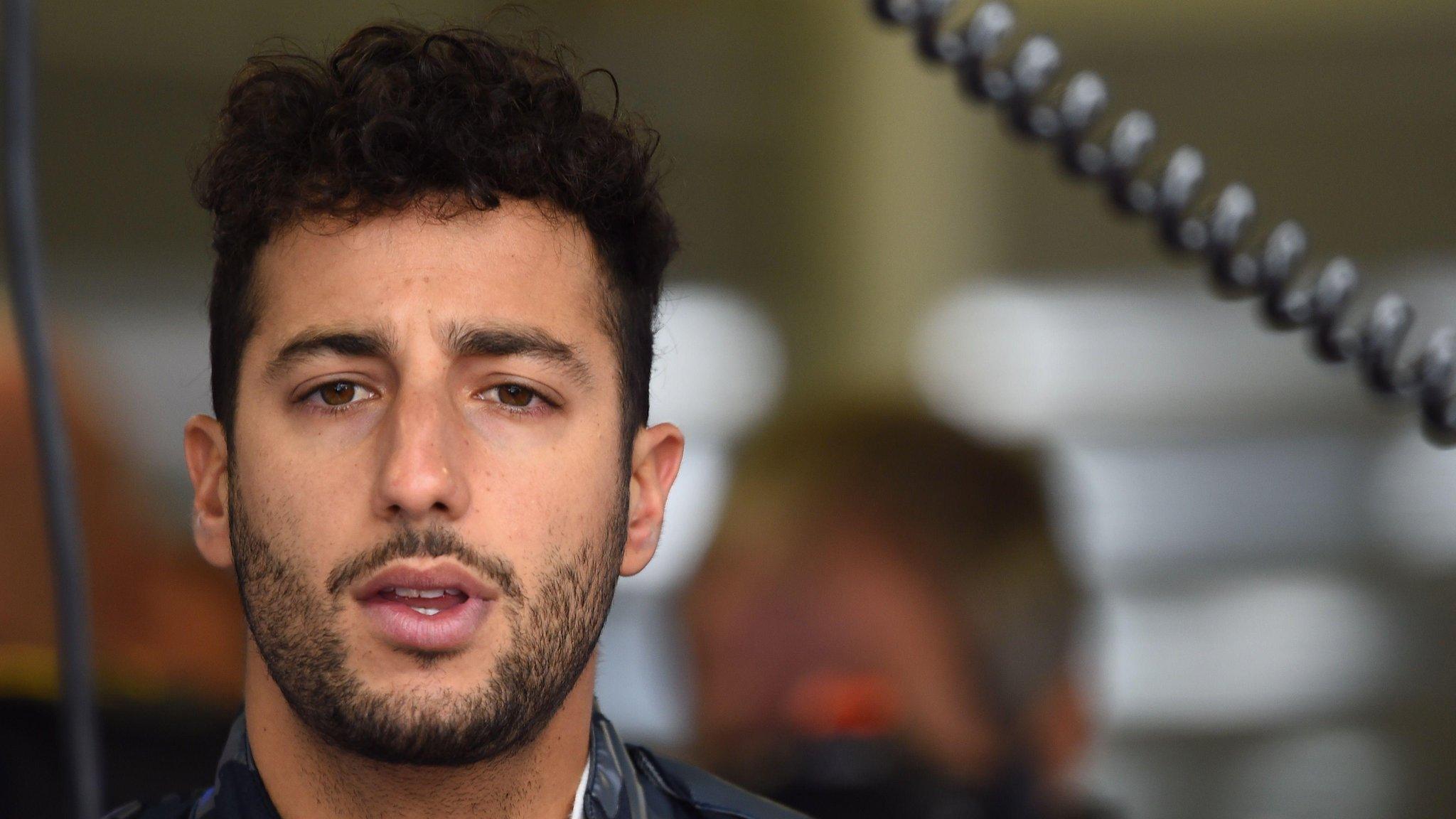
- Published14 May 2016
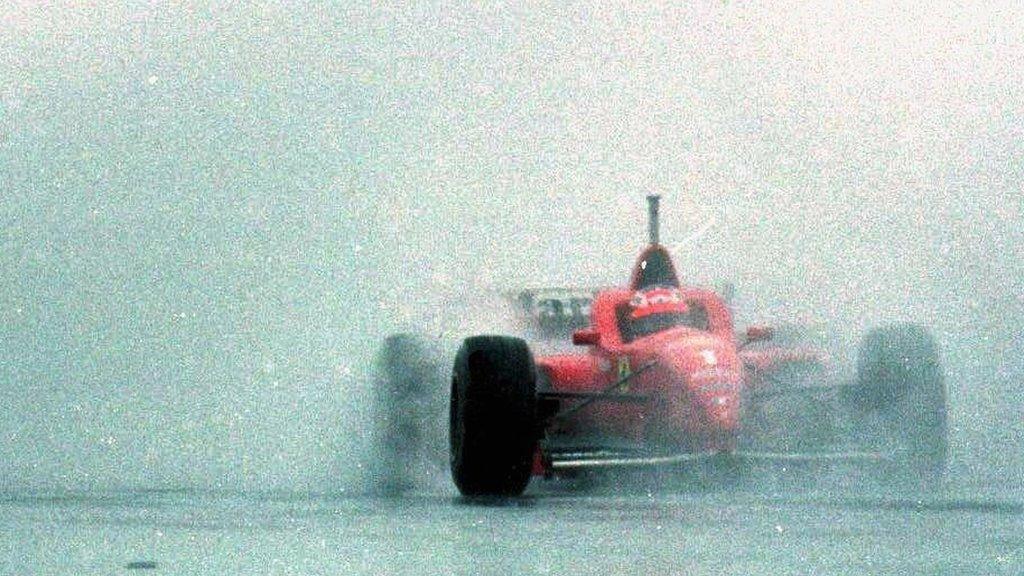
- Published14 May 2016
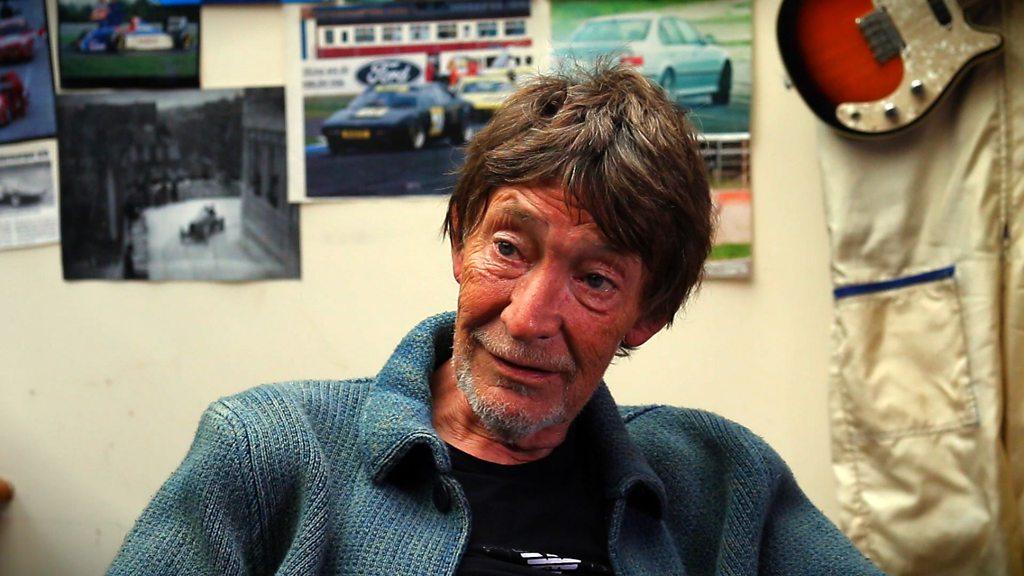
- Published12 May 2016
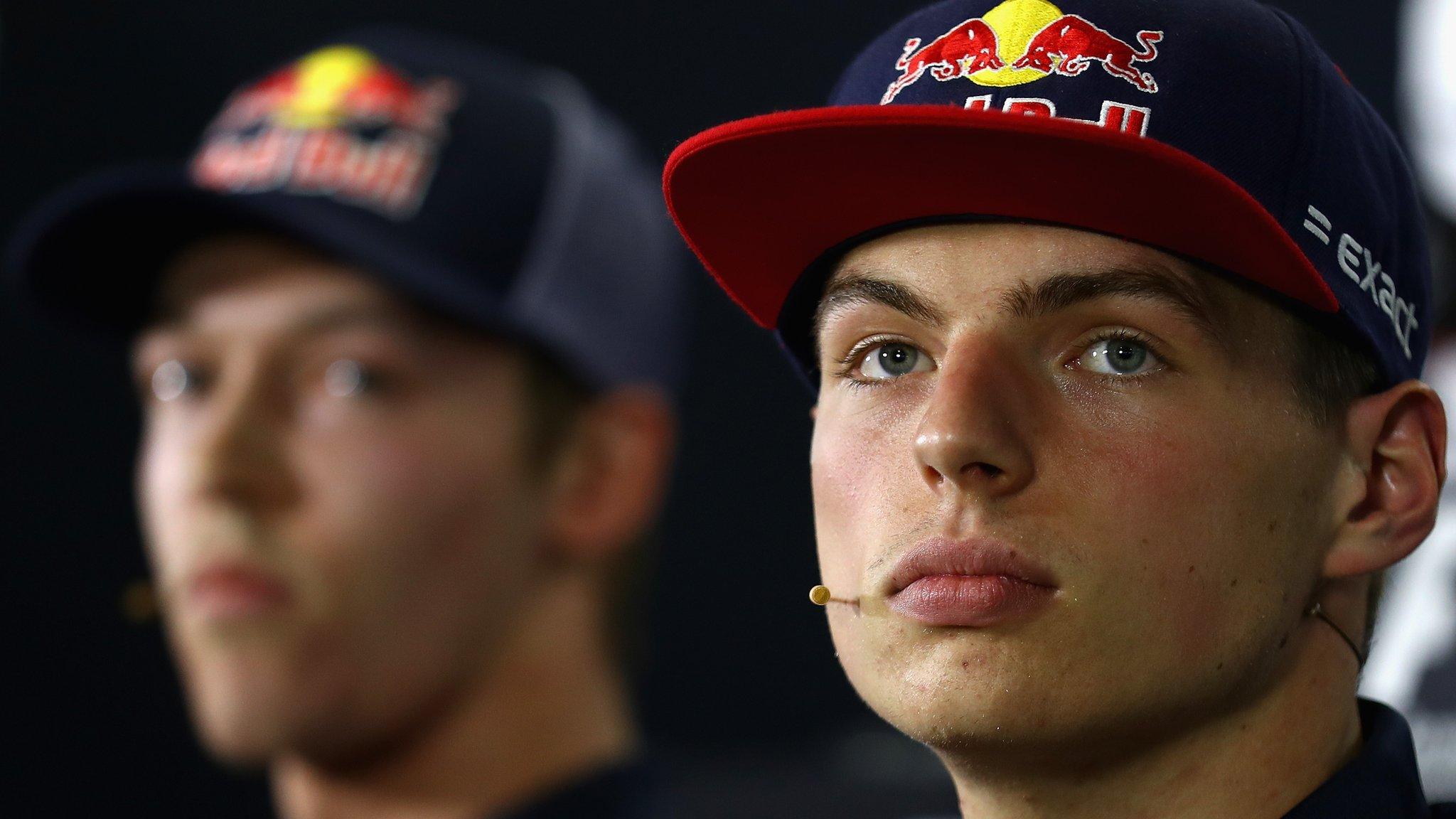
- Published14 May 2016
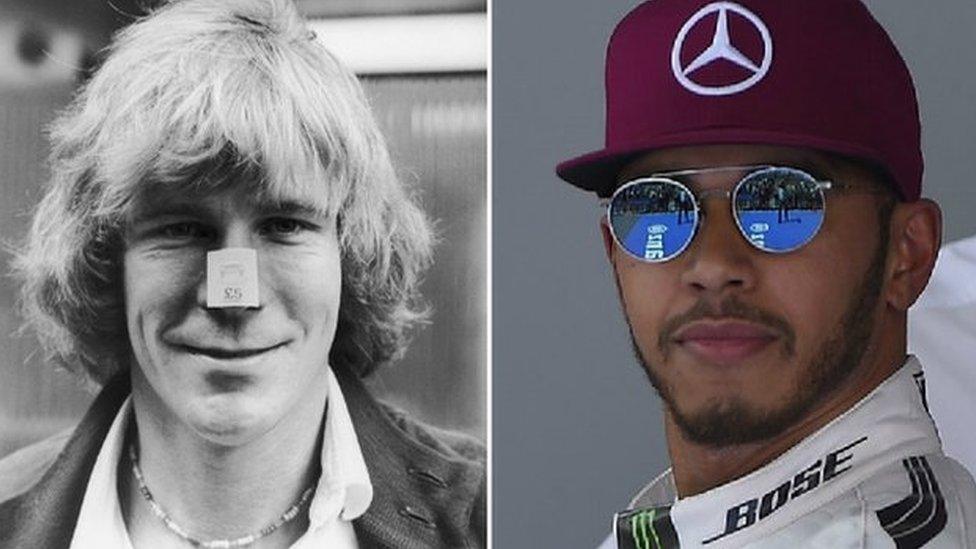
- Published5 May 2016

- Published2 November 2018
